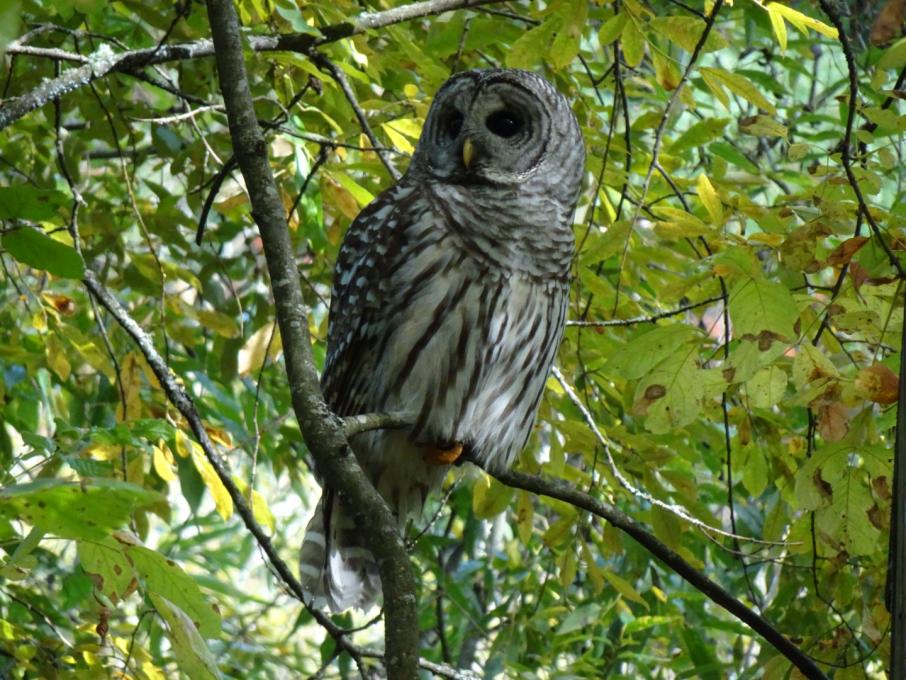Simon
Forum Replies Created
Viewing 4 posts - 1 through 4 (of 4 total)
-
SimonParticipantHaving never used an easel myself, I decided to get myself a small table easel to try out. During the section of the course where we go over how to draw a bird with pencil I fell in love with the easel. I found that I really enjoy using color pencils as a medium (even though they are not course supplies) and the easel allows me to more easily draw shapes such as circles. Now that I have moved back into the painting portion of the course, I prefer to just use a desk and not an easel. The reason for this, at least for me, is because drawing birds requires a lot of detail and with paint it can be easy to accidentally add too much or too little pressure on the brush with potentially catastrophic consequences. Being able to rest my hand on the table allows for me to better manage the amount of pressure placed on the brush. Hope this helps (and I know youve probably already made your own decision since you posted this question two weeks ago).in reply to: Should I use an Easel? #1004543
-
SimonParticipant
 Owls have always eluded me. I kept hearing others talk about their sightings but I never could see one myself. This summer that finally changed when this Barred Owl took off out of some underbrush right next to my daughter (scaring her in the process with its great wingspan). All was good, though, because he posed for photos after… in reply to: Who Is That Owl? #843048
Owls have always eluded me. I kept hearing others talk about their sightings but I never could see one myself. This summer that finally changed when this Barred Owl took off out of some underbrush right next to my daughter (scaring her in the process with its great wingspan). All was good, though, because he posed for photos after… in reply to: Who Is That Owl? #843048 -
SimonParticipantI am an Environmental Scientist working with Service Members on Joint Base Lewis-McChord in Washington. When I conduct my Environmental Trainings I often speak about the first Earth Day and the events, such as Silent Spring, Santa Barbara, and Cleveland, Ohio that lead up to it. I also speak to the establishment of the EPA and all of the events such as Love Canal, New York, Bullitt County, Kentucky, and Times Beach, Missouri that resulted in many of the Environmental Regulations which are in place today. The problem that we are facing now, however, is that many of these laws have been so effective that we now have a generation of Americans that have never experienced the kind of environmental degradation which was seen before 1970. Because of this lack in experience, people are beginning to question the need for these laws and regulations and the environment is already starting to see the impacts related to this lack of knowledge. I especially enjoyed the final part of the course where it addressed climate change and habitat destruction. JBLM is home to the Streaked Horned Lark, and many other species, because we are one of the last unfractured prairie ecosystems left in the South Puget Sound region. I plan to incorporate some of what I learned during this course in an effort to reemphasize the importance that these birds have on environmental health. Thank you.in reply to: Activities: Helping Birds in Your World #796459
-
SimonParticipantOne of my favorite places to go birding is along a 3.5 mile fitness trail at Camp Murray, a National Guard Camp that sits on American Lake near Tacoma Washington. Along the lakefront portion of the trail I observe a lot of seabirds and duck species and as I reach the inland part of the trail the mix turns into finches, hummingbirds, sparrows, and juncos. Even with the range maps and recommendations from Merlin, I am still hesitant to confirm an observation until I know beyond a shadow of a doubt what the species is. The reason for this is climate change related. Over the last few years, our winter weather patterns in Western Washington have changed (the couple of years prior to this one, Mount Rainier was turning brown during the summer as the ever present snow was melting and Mount Saint Helens had very little). Have any studies been done on how climate change is impacting habitat and the migratory patterns?in reply to: Activities: Exploring Bird Habitats #796443
Viewing 4 posts - 1 through 4 (of 4 total)
 Owls have always eluded me. I kept hearing others talk about their sightings but I never could see one myself. This summer that finally changed when this Barred Owl took off out of some underbrush right next to my daughter (scaring her in the process with its great wingspan). All was good, though, because he posed for photos after…
Owls have always eluded me. I kept hearing others talk about their sightings but I never could see one myself. This summer that finally changed when this Barred Owl took off out of some underbrush right next to my daughter (scaring her in the process with its great wingspan). All was good, though, because he posed for photos after…